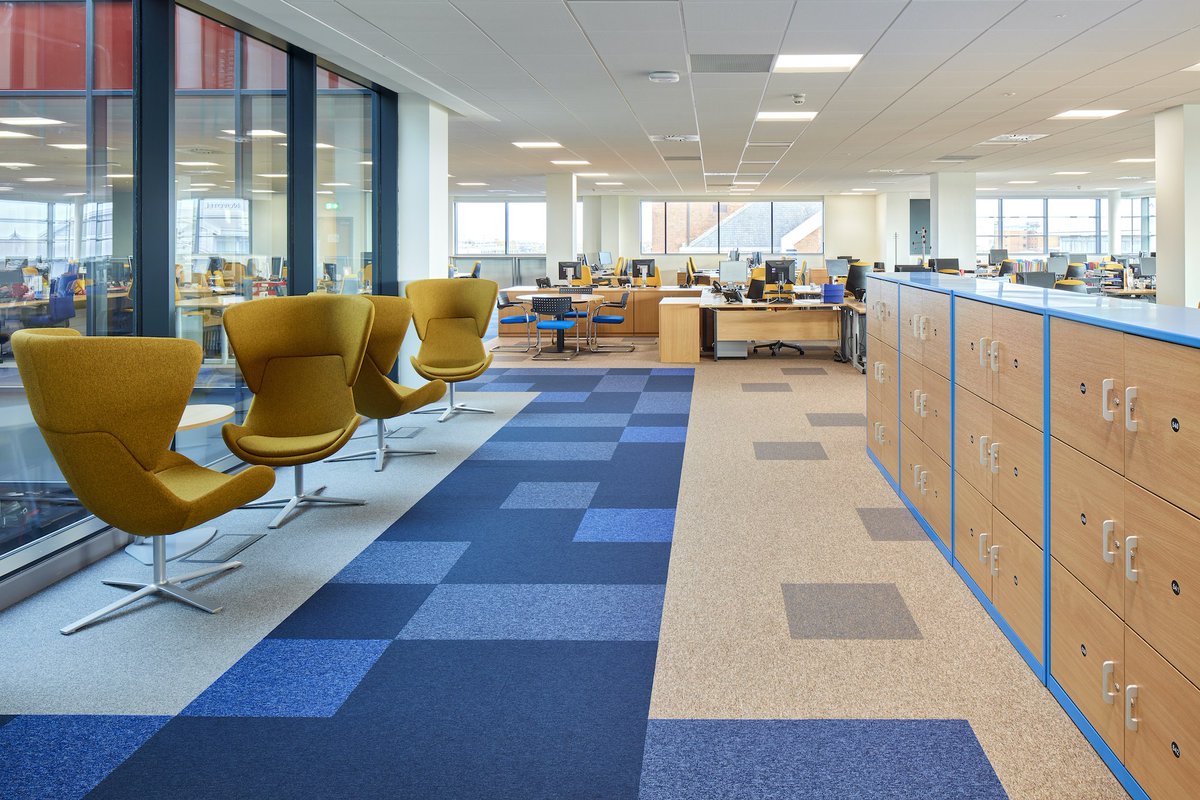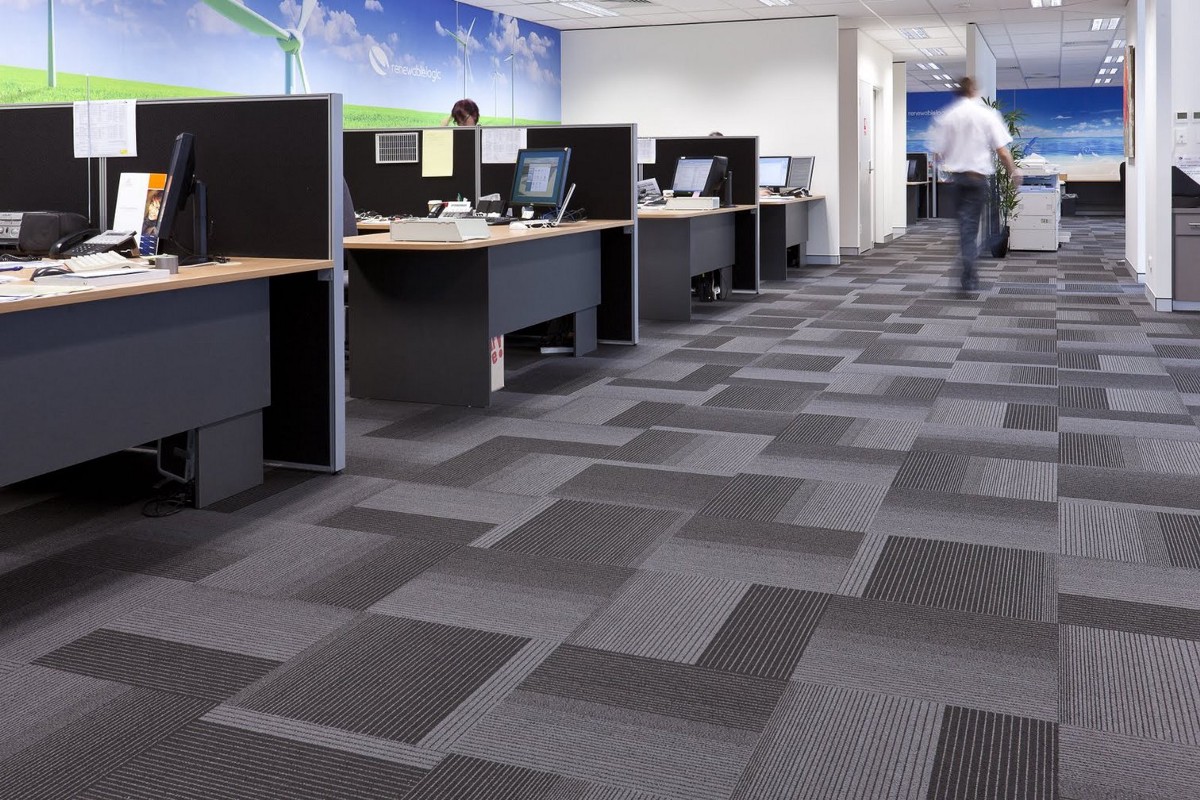There are countless sizes, patterns, shapes, and colors for customers while selecting ceramic tiles. With a buying guide, they can surely choose easier. So, it comes as no surprise that the procedure can seem a little intimidating when unsure of where to begin.
But knowing the various sizes and shapes of tile might help you choose what will work best for you and your room.
To assist you in selecting the best type of tile for your home, we’ll discuss various tile shapes, sizes, and how they might affect the design of your area in this blog.
Round or Penny Tiles
A typical shape that has gained favor recently is the penny tile, often known as the round tile. The circles’ resemblance to pennies in size is how it got its name.
The penny tile, which first gained popularity in early 20th-century black and white designs, is now accessible in a variety of hues, materials, and finishes.
Penny tiles are easily put since they are evenly spaced and attached to a mesh backing. You can buy them made of ceramic, but porcelain, which absorbs color better and is more durable, will be used more frequently. Penny tile is a terrific option for a retro-style wall or floor that you won’t see every day.

Tile Mosaic
Mosaic was first utilized in the ancient world and is still used now in many different parts of the house. Mosaic tiles are often small square tiles that measure 2 inches by 2 inches or less, down to roughly 12 inch by 12 inch, and are made from a variety of materials and colors.
Mosaic tiles can be used to create a variety of patterns, including borders and murals, due to their modest size. The tile can help define zones or regions of a room when used as a border, and it can produce focus points when utilized to make a mural.
Round Tiles
The most popular type of tile is the square, which is available in a wide range of sizes, from quite little to quite huge. The majority of square tiles are available in the following sizes, while some manufacturers have their own, non-standard sizes: 2, 3, 4, 6, 8, 12, 16, 18 and 24 inches; the majority of flooring-specific tiles are available in bigger sizes starting at 6 inches and upwards.
Square tiles have the benefit of being simple to deal with because there is no obvious orientation to them, making it simple to determine how many tiles you’ll need. Additionally, it’s simple to combine it with other tiles of various hues or forms (like a skinny, rectangular tile next to a square tile).
The conventional subway tile is rectangular in shape. Because of their simplicity, adaptability, and graceful proportions, subway tiles—originally used to cover the walls of NYC subway stations—have grown to be a staple of the tile business. Subway tiles are a type of rectangular tile that come in a variety of widths and lengths. The most common sizes are 1, 2, 3, and 4 inches for the width and 4, 6, 8, and 12 inches for the length.
Although subway tiles are typically used on walls for backsplashes in kitchens and bathrooms, they can also be used on floors. By stacking the tiles straight, other designs, like the traditional brick pattern and even a contemporary herringbone pattern, can be made.

Wooden Tile
Another typical variation on standard regular tiles that is gaining popularity as new tile printing technology is developed are plank tiles. It is difficult to distinguish between the prints and the actual thing thanks to these print enhancements that make the tile look like wood or stone!
4 x 12 and 48-inch plank tiles are the most popular sizes.
36, 48, and 6 inches by 24 and 36 inches
seven by twenty inches.
8-inch squares measuring 32, 36, and 38 inches
36 inches by 9 inches.
48 inches, 12 inches by 24 inches, and
A 16 x 32 inch size
Additionally, the more realistic-looking the tile seems, the longer the plank, especially if you select a grout color that closely resembles the darkest shade of the tile. In big or medium-sized spaces, shorter plank tiles can be stacked in patterns like herringbone to provide texture.
Tile in Hexagons
Hexagonal tiles are frequently abbreviated as “hex tiles.” They can be utilized on the wall but are typically used on the floor. One of the most popular floor tile shapes for people seeking for something classic but not circular is the hexagon. Although it has always been well-liked as a mosaic, it has also grown in popularity in bigger proportions and even as an outdoor tile. Typically, they are available in 4, 6, and 8-inch diameters.
Oblong Tile
One of the most traditional bathroom floor decors is an octagon tile. Frequently, contrasting colors like black and white are utilized with octagon shapes. This design, also referred to as a “octagon dot,” can be used as a stylish backsplash. This octagon-shaped dot tile has been fashionable for a long and is still in style.

Tile Triangle
Triangle tiles are frequently the first option for those who desire smaller, square-shaped tiles in their houses, despite the fact that this may seem like a broad category. Because you can make a square with as many different colors and patterns as you like simply joining two triangle tiles together!
How the size and shape of your tiles can affect your space
Using larger floor tiles can help a small room appear larger. This is partly because the flooring will flow more naturally with fewer grout lines. Additionally, you can make this look even better by selecting grout that closely matches the color of the tile. However, keep in mind that tiles greater than 18″ will be too huge for a very, very small room.
Small mosaics offer texture to a floor and, despite the more frequent grout lines, they can also improve the flow of a room because they can easily fit around toilets, sinks, baths, and other fixtures.
Laying horizontal rectangular or plank-shaped tiles on the floor will give a long, rectangular area the appearance of being broader and more expansive than it actually is.
Using smaller tiles to create a border or edge with larger tiles in the middle will make the space look cozier and help you define it more clearly.
Use tiles of the same color and quality but in various square and rectangular sizes to create a distinctive, random pattern to add texture to your room.











Your comment submitted.